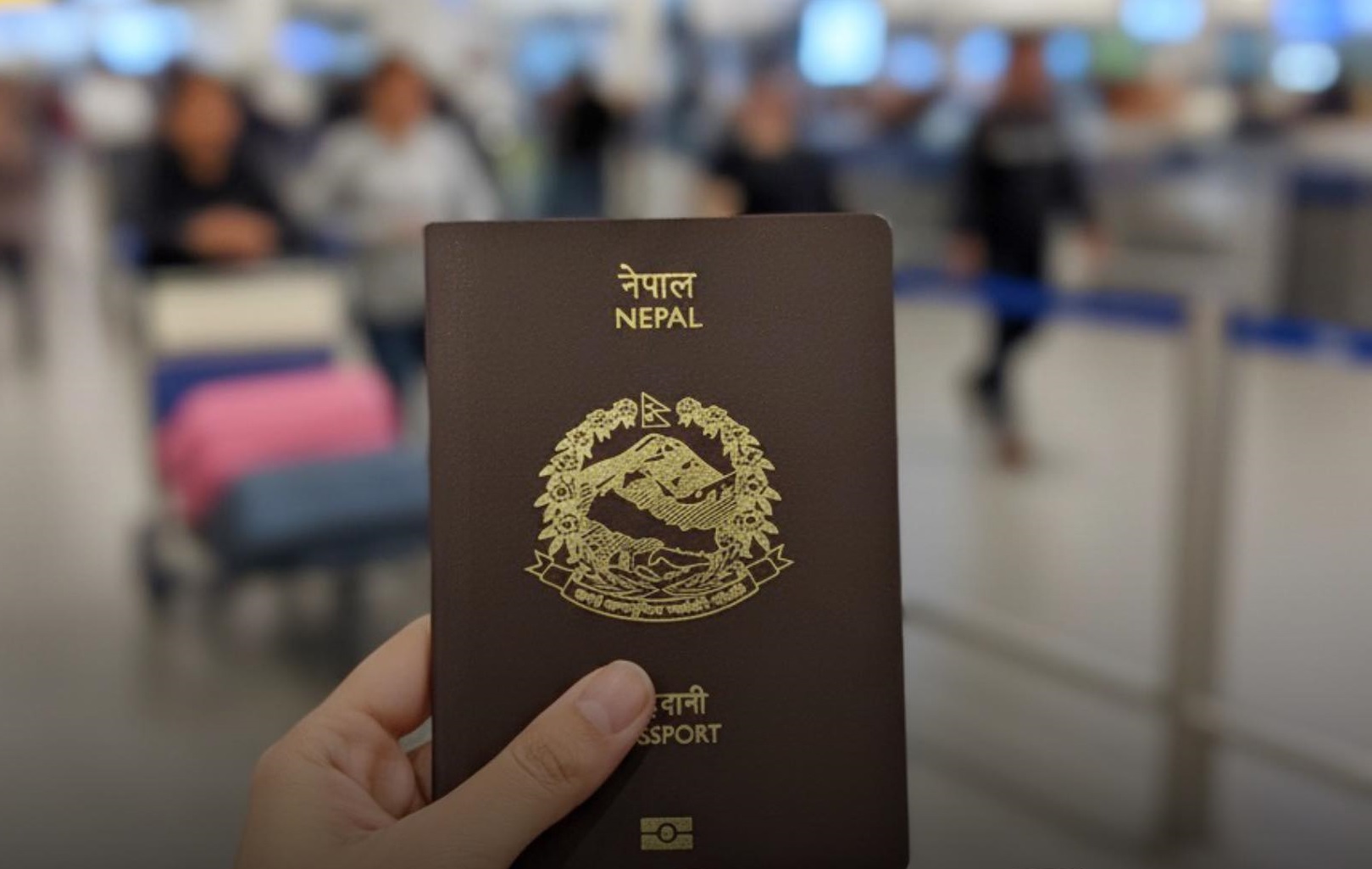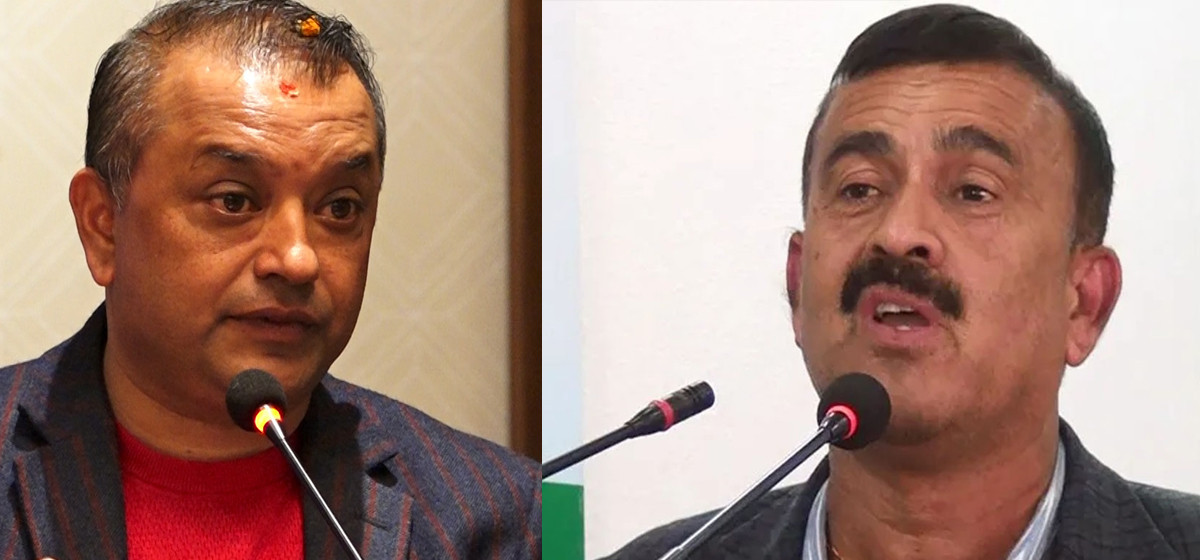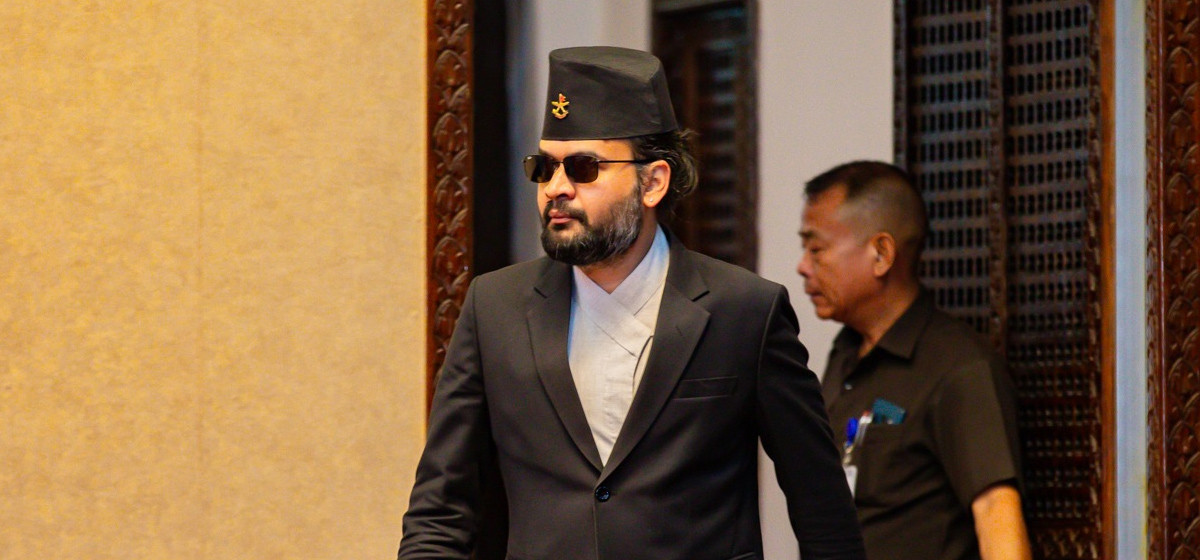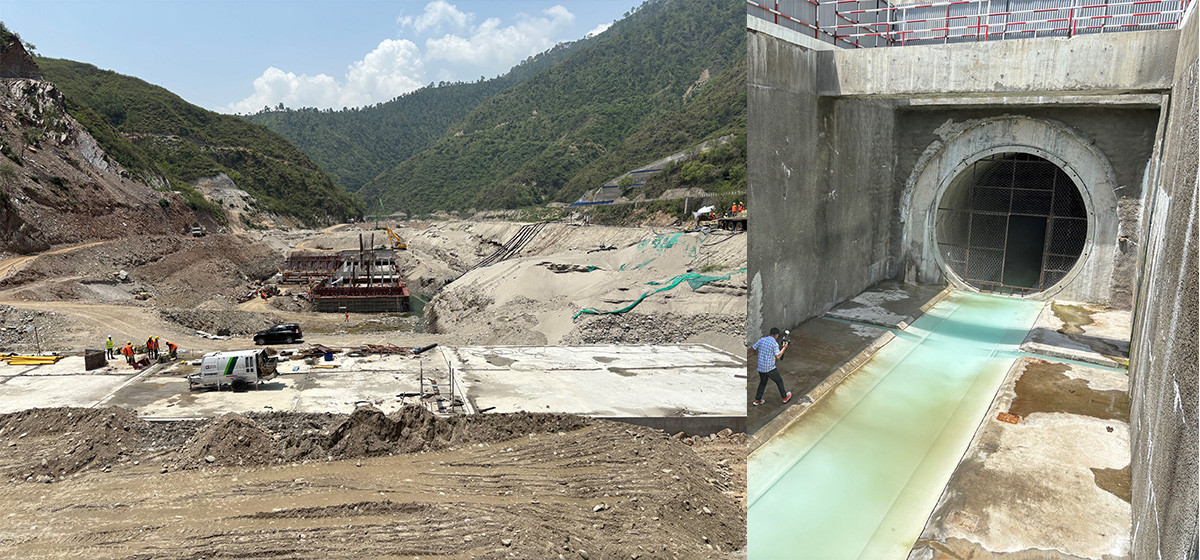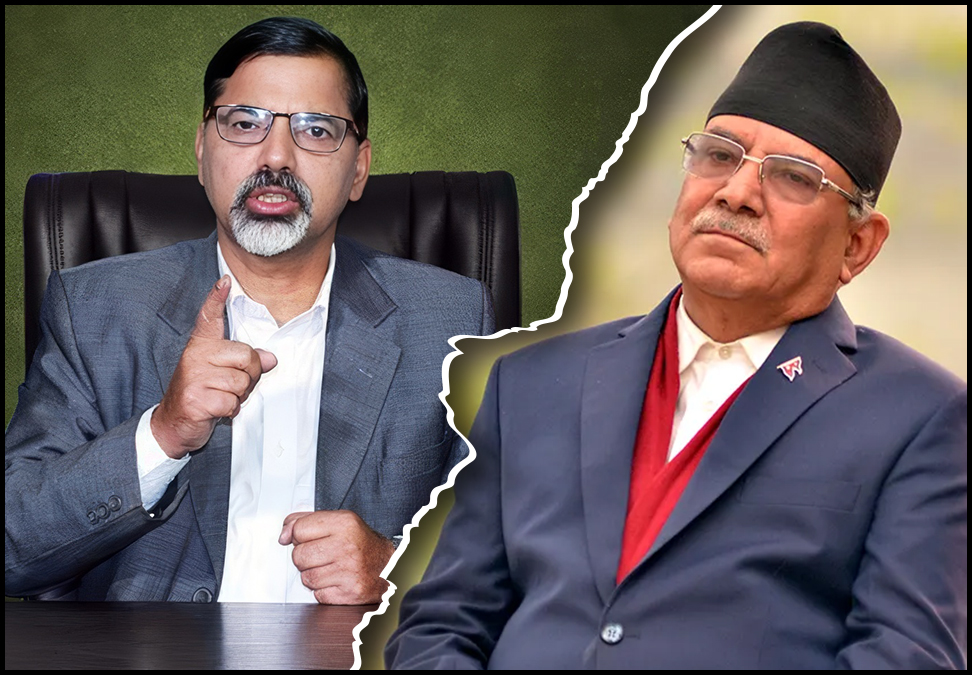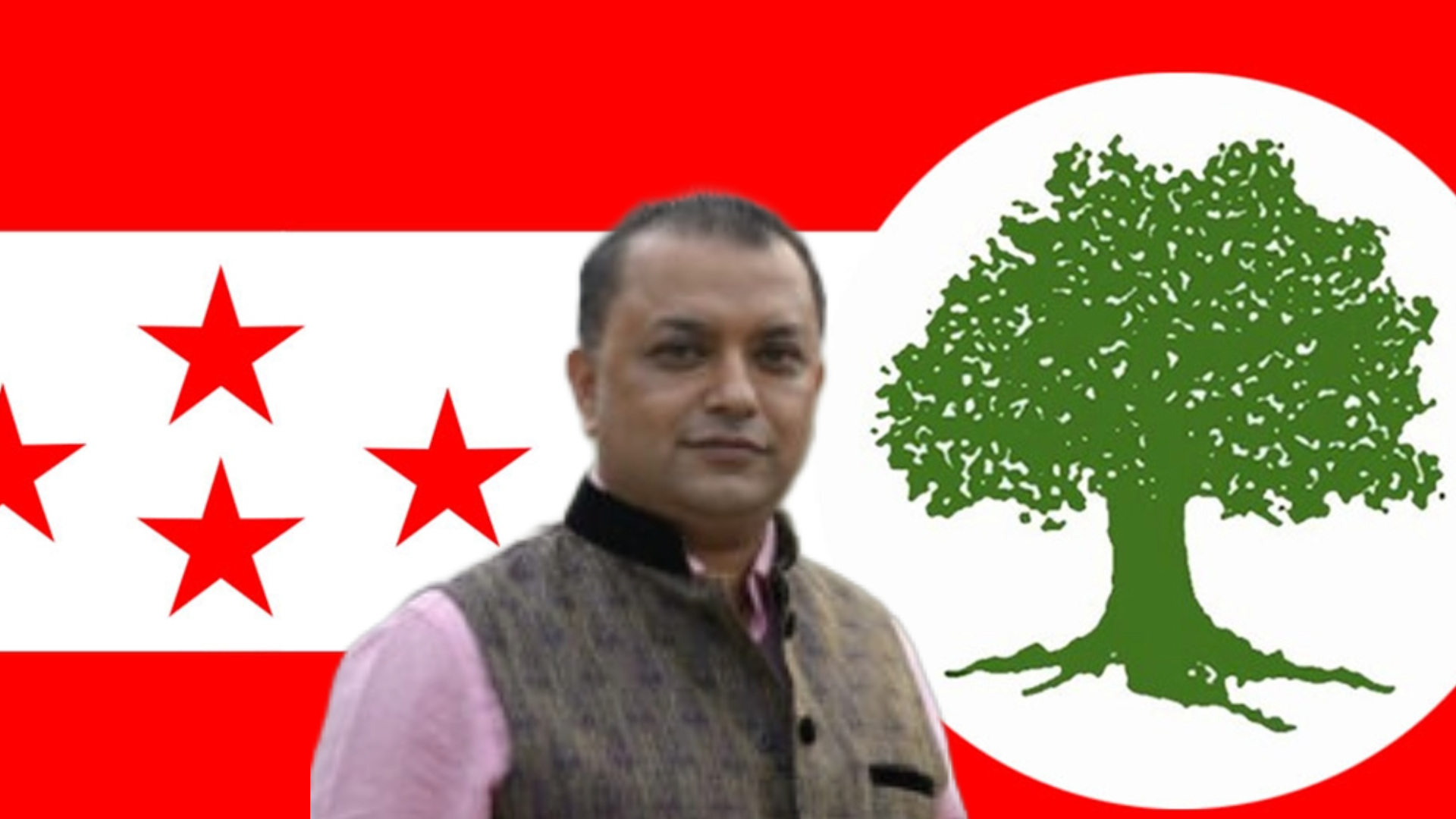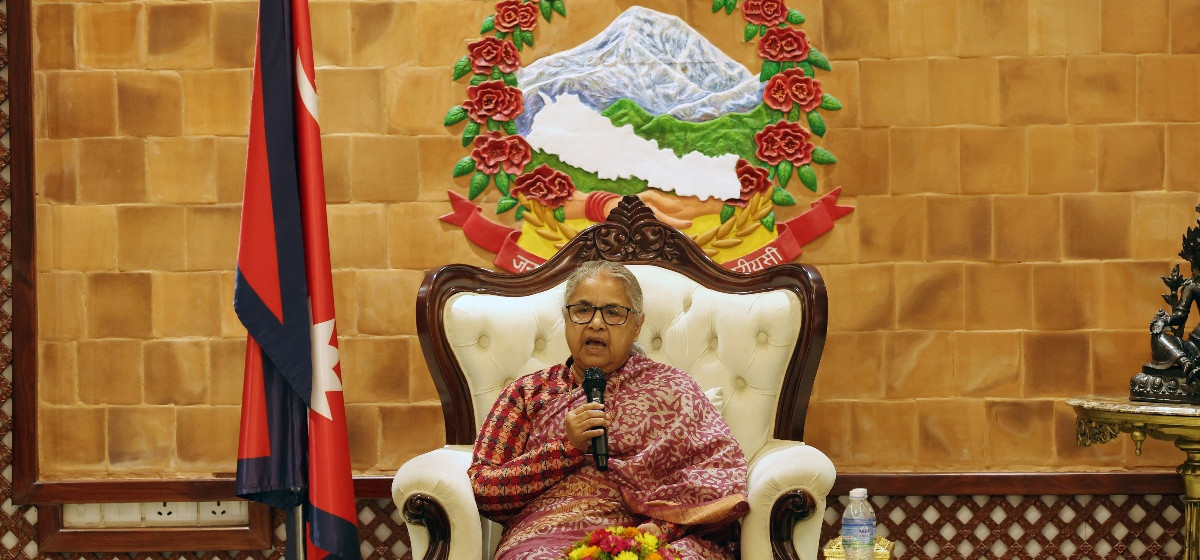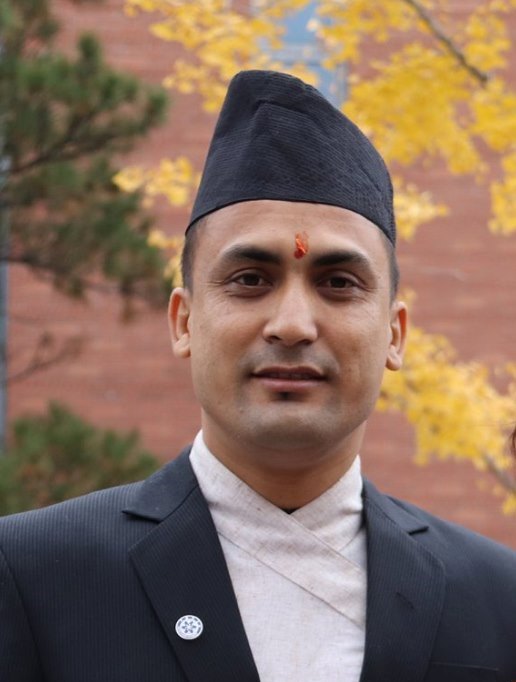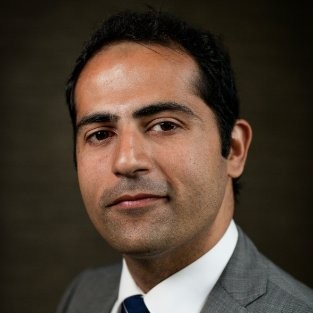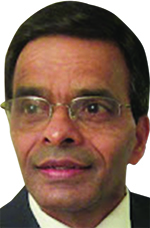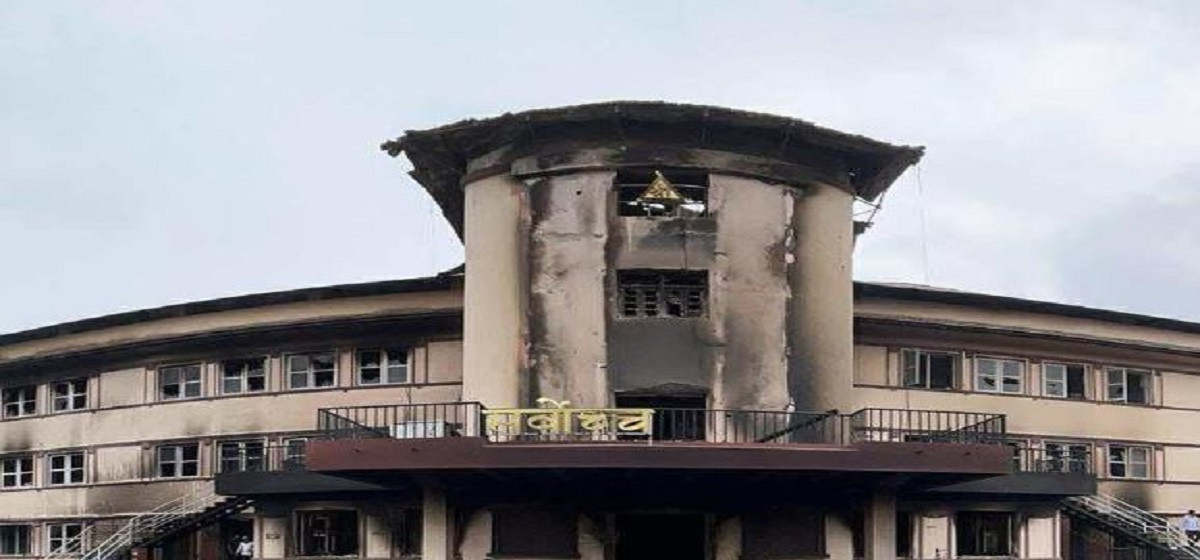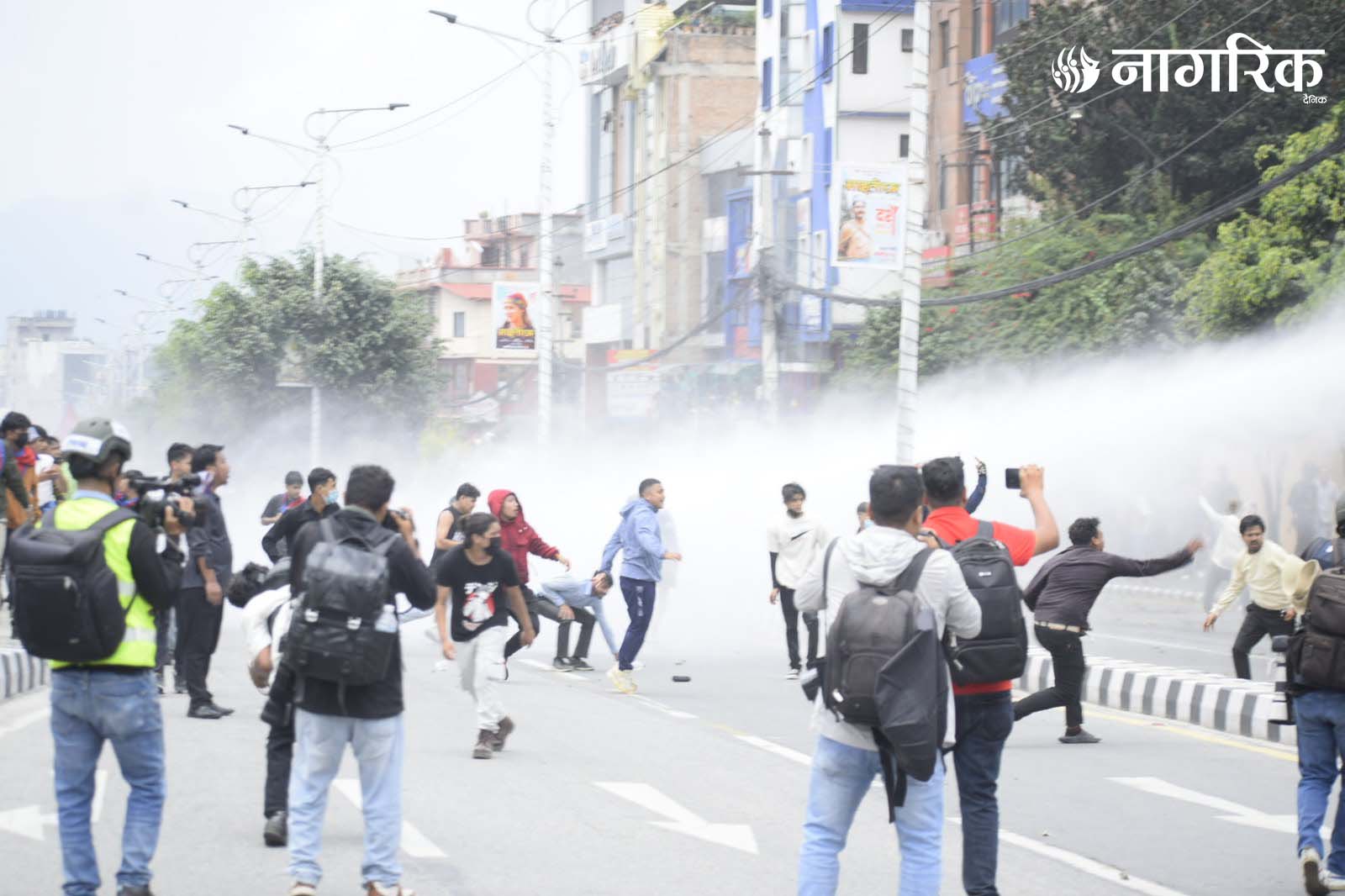In Nepal, 70 percent of cancer patients visit hospitals when the disease has progressed to the last stage. Such patients can’t be operated on nor can they go through chemotherapy, radiation or other treatments. Many patients like Maharjan are unaware of palliative care provided for terminally ill patients to reduce pain and cater to their psychological needs.[break]
Another cancer patient, Purnima Rai, has been fighting lung cancer. With her husband and children abroad, she has no one to take care of her. It was then that Hospice Nepal came to her rescue. It’s been a week since she got discharged following an eleven-day treatment at the Hospice.

She’s now living in Koteshwor with her sister. By Hospice Nepal’s homecare services, Rai has regained her strength to some extent and is hopeful and positive that she’ll outlive her prognosis.
There are more than two thousand patients like Rai who have received palliative care from Hospice Nepal since its establishment in 2000. Located in Patan, Hospice Nepal is a nonprofit trust and the first ever institution of its kind in Nepal solely dedicated to bringing comfort to cancer patients. The service is free but minimum medicinal charge is levied on those who are able to afford it.
One of the founders and medical director of Hospice Nepal, Dr Pradeep Vaidya, mentions that he came across many patients during his career who visited hospitals only after being diagnosed with last-stage cancer.
“Many patients can’t be operated on because they come to us at the last stages of cancer. They can’t be admitted to government hospitals due to lack of space. So we decided to open Hospice for patients who are in dire need of proper care,” says Vaidya who is also the Head of Department of Surgery at Teaching Hospital, Maharajgunj.
The concept of Hospice Care or Palliative Care was introduced abroad a long time back, says Vaidya. “But now, World Health Organization and other health associations around the world have introduced new concepts of providing palliative care right from the time life-threatening diseases like kidney failure, HIV/AIDS and heart diseases emerge. Services are provided to such patients who are in need of palliative care to help fight their psychological and physical problems.”
Vaidya, along with the support of a few nurses and social workers, opened Nepalese Association of Palliative Care in 2009 for it to work as a common ground to bring about awareness regarding palliative care in the country. Actively involved in awareness development training regarding palliative care, Vaidya has also been running two-day palliative care course for doctors, nurses and health workers.
“Many people have the wrong notion that hospice care centers are meant for terminally ill patients only. But that’s not it. We not only help relieve patients’ pain but also help their family members to cope with what the patient is going through as well as their own problems through counseling,” informs Vaidya.
Health worker Ganesh Koirala, who received training in Pain and Palliative Care from Kerala, India, has been with Hospice Nepal for ten years.
“Our service is not to cure cancer but to limit the pain caused by it. So, from providing oxygen to those who’re having breathing problems to giving morphine, dressing the wounds, the range of treatment is endless,” he explains.
Hospice Nepal also provides homecare treatment as a follow-up to discharged patients or even new patients. This service was introduced four years back and almost eleven hundred patients have received treatment so far. Koirala currently visits sixteen patients for homecare in Gaushala, Koteshwor, Narayanthan, Thankot and Chapagaun and other faraway places.
During his work experience, Koirala has seen numerous cases of hope and despair. The initial process of hospice care begins with counseling, as many patients are reluctant to try new medications. “We have even come across patients who just want to die rather than bear the pain. But after following our prescription for a few days, they feel better.”
According to Koirala, treatment depends on the signs and symptoms the patients show. After counseling, the second step is to check the medical history of the patients, and depending on that, the treatment proceeds.
Vaidya gives an instance of positive feedback that he received from a patient who underwent hospice care. A 35-year-old cancer patient had breathing problem during her last days. She had spent days in immense pain as she was oblivious to the facilities provided by hospice care.
“After administrating morphine, she was able spend her last three months interacting with her family members. She had a peaceful death. But many patients still live in pain and are deprived of facilities they can get,” he says.
Vaidya further adds that over the years, a few hospice centers have been opened in places like Bharatpur, Boudha and Thankot but even then there are less than 100 beds in total.
“We have nine beds at our hospice and for three to four months in a year all beds are occupied. But there are millions of patients suffering from cancer every year and we usually have only a few spare beds. This shows that many people are still unaware of palliative care,” he adds.
Shechen Clinic in Boudha started hospice service in 2005. It also charges those who can afford the care and uses the fund from it on those who cannot.
“We have eight beds and focused on HIV patients before. But now our priority has shifted to cancer patients. We also plan to build an observation room and add more rooms for emergency cases,” says Manoj Raj Gurung, healthcare worker at Shechen Clinic.
Vaidya laments that many Nepalis, including the government and doctors are unaware of the need and importance of hospice care centers which is why the service isn’t being given much importance.
Koirala also adds that morphine is the most important medicine for patients of palliative care but its license is difficult to obtain. “A workable provision for its accessibility should be worked out and that’ll help us provide better palliative care.”
While Vaidya and Koirala both believe that the government should make a separate policy regarding palliative care and there should be ample supply of morphine and other necessary medicines, they feel that palliative care is every terminally ill patient’s right and that there should be more awareness about it.

Photos Courtesy: Hospice Nepal
A patient being treated by a health worker at Hospice Nepal
“We have a course of palliative care under the MBBS program of Tribhuvan University but it is still not included in all medical programs. Even in the medical curriculum, palliative care should be a mandatory course for all doctors and nurses so that not a single terminally ill patient dies out of ignorance,” concludes Dr Vaidya.
Hospice relief : From family perspectives
Last year, Indra Kumari Dahal found that her husband Nanda Raj Dahal, 64, was suffering from lung cancer. Dahal’s condition was deteriorating everyday but he wasn’t treated for almost four months.
Dahal’s family lives in a rented place in Satdobato and they came to the capital some thirty five years ago. “My husband was the only breadwinner in our family of four. We visited Patan Hospital but couldn’t afford the treatment costs,” she says.
Then one of her acquaintances suggested they visit the hospice in Patan. She was relieved to find out that medication and checkup would be free there. There was a time when Dahal had to bear immense pain and everyone in his family felt helpless seeing him in such a terrible condition. After her husband got admitted for ten days, he was back with his family and has recovered to some extent.
“We’ve been continuing with the medication provided by the hospice center which has helped to reduce the pain, and my husband seems to have gained a lot of strength,” says Indra Kumari.
The story of Shankar Mainali (name changed) from Sarlahi isn’t different from Dahal’s. His family initially believed he was suffering from minor sickness which could be treated easily. After visiting a hospital in Bhaktapur, they were shocked to find out that he had been living with lung cancer and the condition was critical. Since heavy doses of medication were required, they decided to opt for Ayurvedic treatment. Though it was somewhat helpful, the condition of the patient didn’t seem to change much.
In December, Mainali was brought to hospice centre in Patan after the doctors at Silgudi hospital suggested he seek palliative care.
“The environment at Hospice is patient-friendly as they are aware of how to provide service to a patient and they have facilities like a hygienic kitchen, free medicines, a garden where the patient can bask in the sun and everything that a person would need when he’s in a critical stage,” says Anita Mainali (name changed), Mainali’s youngest daughter.
She explains that her father doesn’t really know that he has cancer and thinks that it’s just an ailment which will get better with time. “He’s already 71 years old and we don’t want to tell him the truth. The medicines have brought a tremendous positive change, and though the pain hasn’t completely gone away, he’s feeling much better.”
According to the National Cancer Hospital, 601 cancer patients were admitted in the hospital last year and 3,953 patients came for checkups and were diagnosed with cancer. More than 80 percent of the patients visit the hospital during their last stages who are suffering from various cancers like of lungs, breast, stomach, cervix, esophageal, and gallbladder and colon/rectum. The hospital also provides palliative care.
Dr Madan Kumar Piya, the first oncologist of Nepal, says that cancer patients who are in their last stage may survive, depending on their life expectancy which varies according to the individual. But the problem is that many people are unaware of the concept of hospice care in the country.
“Many patients dislike hospices because they have a wrong notion that such centers are places where they are sent to die and fear that they won’t be treated right when it’s just the other way round,” says Dr Piya, Chest and Cancer Specialist and Chairman and Director of National Cancer Hospital. “Many patients are also oblivious to the fact that they have cancer and many family members are unwilling to disclose this truth to the patients.”
The other reason for many people not willing to admit their family members to the hospice centers, according to Piya, is because those who live in joint families want to take care of their members themselves. But with the increasing number of nuclear families, he believes that many people will now want hospice services.
The government’s take on hospice care
For terminally ill patients who are fighting with their diseases, a hospice care or a palliative care is the only option where they can find comfort in their final years of life. The physical, emotional or psychological problems are well taken care of by studying their symptoms at such centers. But there are very few hospice care centers in Nepal that provide free treatment to patients, and those who can’t afford to be treated in private hospitals are left without care.
Secretary of the Ministry of Health, Dr Praveen Mishra says that the government hasn’t provided an exclusive hospice center as such because the concept itself is new for the country.
“Experts in this field have been researching and working on it. But it’s not that there’s no service for last-stage patients as we’ve provided services to terminally ill patients in various government hospitals. It’s just that a separate centre hasn’t been developed so far. We also have service for the terminally ill patients at the B.P. Koirala Memorial Cancer Hospital in Bharatpur,” says Mishra.
The problem, he points out, is that the Ministry is currently focused on working for the promotion of prevention of non-communicable diseases, and in a country like ours with the concept of hospice being completely new for many, it hasn’t been given much consideration so far.
According to Mishra, the Ministry is working on a multidisciplinary approach to shed more light on this issue so that hospice care centers are built and more awareness campaigns are organized through this year’s budget.
“We’re doing homework on hospice care and we can’t expect things to change in a day. To make it work at a policy level, we need to go through the right procedure but the progression is taking place.”
He adds that with every new innovation and change in the medical field, the medical curriculum incorporates new subjects. “So slowly, every medical course should incorporate the subject of palliative course so that this concept is well understood and changes take place in positive ways.”
The Cancer Society Nepal also has been organizing awareness campaigns in Kathmandu, Sindhupalchowk and Saptari to raise awareness regarding cancer by providing free Papanicolaou Test, also known as pap smear testing. The screening test helps to detect potentially pre-cancerous and cancerous processes in the endo-cervical canal of the female reproductive system.
“In Nepal, most cancer cases are of the prostate glands among males and of uterus in females. Many people find out they have cancer only in their last stage. So we have already prepared the proposal and planning to start a hospice care very soon,” says Yamnath Mainali, Program Director of Cancer Society Nepal.
nistha.rayamajhi11@gmail.com
UK lawmakers vote to legalize assisted dying




